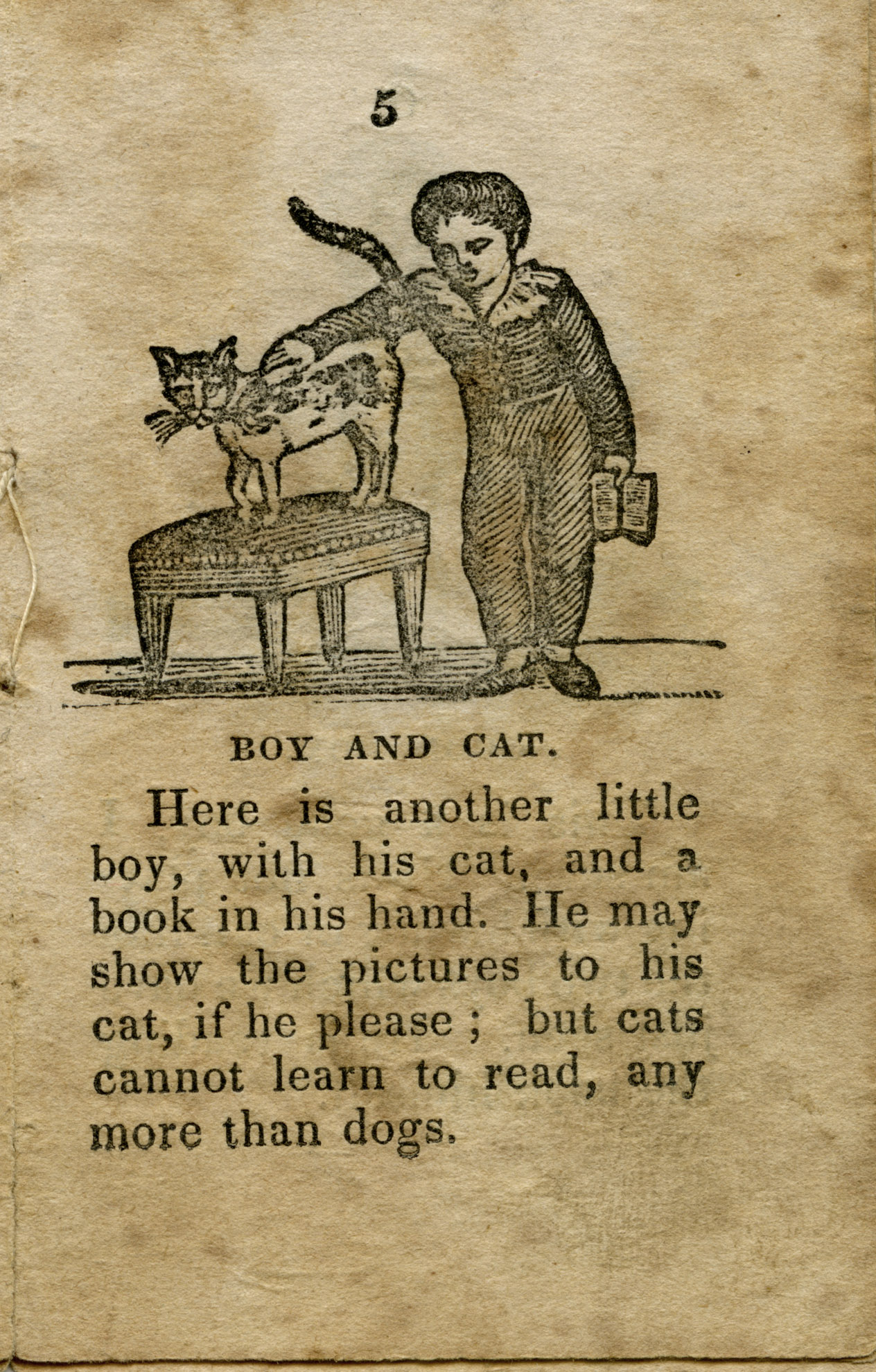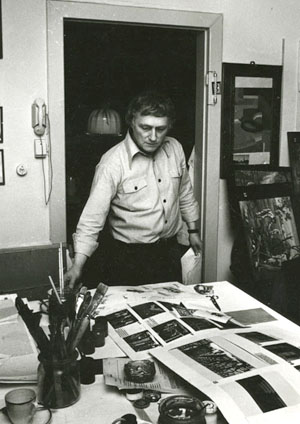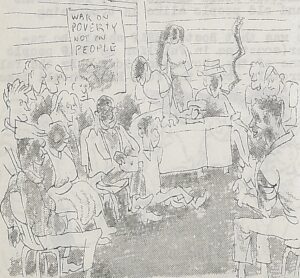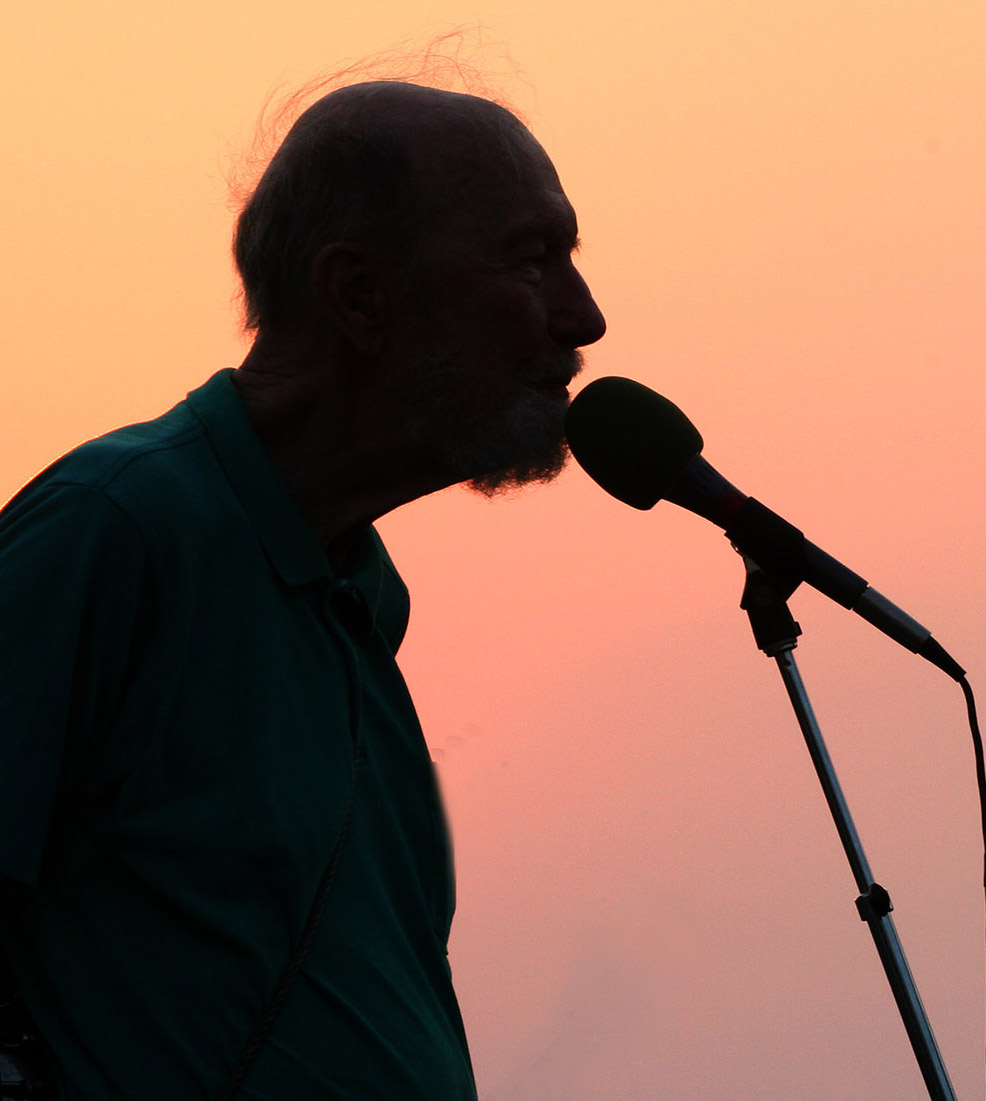Early Children's Literature Collection

Publishers in Western Massachusetts engaged in a brisk trade in books intended for children during the antebellum years, producing chapbooks to teach reading, didactic works on morals and comportment, and toy books for reward and entertainment. Brief and most often simply produced, the books are noted for their diminutive size, stock woodcut illustrations and characteristic moralistic tone, but they are rich sources for understanding popular conceptions of childhood, education, religious life, and marketing in the book trade, among other subjects.
The majority of the works in the Early Children’s Literature Collection were products of the antebellum press in western Massachusetts, produced and distributed by printers such as John Metcalf (Wendell and Northampton), Anson Phelps (Greenfield), and A. R. Merrifield (Northampton). There are examples of chapbooks from other printers, most notably Mahlon Day of New York and the American Sunday School Union in Philadelphia.




